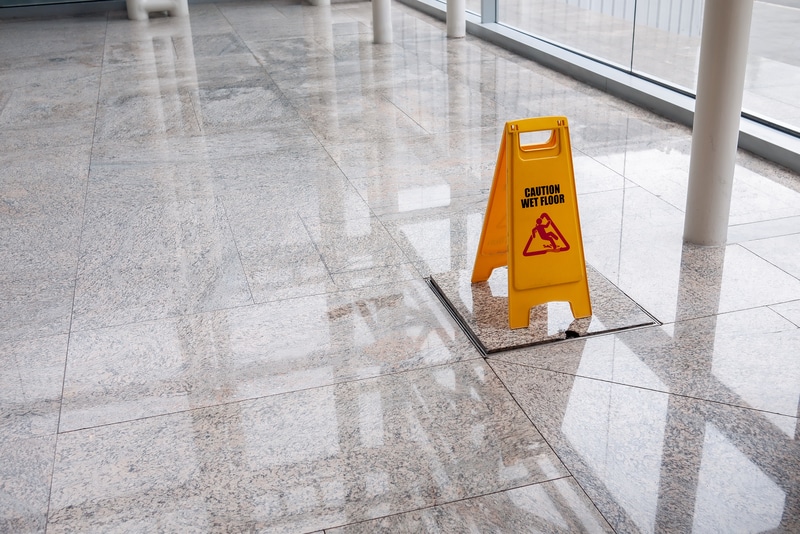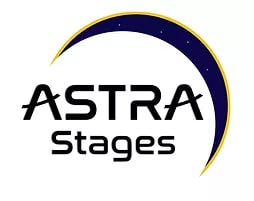By Michael Wilson
Historically very slow-changing, the professional cleaning industry is now changing – and advancing, I might add – about as fast as most other industries. Several new products were introduced due to the pandemic, but the changes and advancements in technology we will be discussing here were evolving long before the coronavirus hit our shores.
Today’s cleaning operations are supported by automated machines that can execute specific tasks with little need for outside guidance. This includes robotic floor machines, which can be used to scrub and clean church floors. These are traditional auto scrubbers but with a big difference: They do not have a driver.
As the name implies, an auto scrubber is designed to automatically clean and dry floors in one pass. This type of floor machine releases a cleaning solution onto a floor, then scrubs the cleaning solution over the surface of the floor, loosening and removing soil. In the final step, all moisture is vacuumed up. Currently, there are ride-on scrubbers, where the operator rides on the machine, and walk-behind models, where the operator walks behind the machine, directing it over the floor area.
This new technology, now available from many manufacturers in the professional cleaning industry, offers important advancements that church administrators should know about:
Not Worker Dependent
Unlike traditional autoscrubbers, these machines do not require someone guiding or driving them. This is why they are sometimes called “autonomous” floor machines. Once a robotic floor machine has been taught where and what to clean, an operator only needs to oversee what the machine is doing and resolve any issues. Typically the operator can oversee the unit by using a computer or a smartphone.
Consistency
Because cleaning is so labor-dependent, cleaning thoroughness and effectiveness can vary even when workers are well trained. With robotic floor machines, cleaning inconsistency is eliminated. The machines clean floors the same way every time, exactly as they have been taught.
Enhanced Productivity
The significant benefit of robotics is they enhance worker productivity. This means more cleaning tasks can be completed in the same amount of time. This can also reduce the number of cleaning workers needed to clean the church or free up workers to perform other cleaning tasks. All too often, more complicated or involved cleaning tasks are put aside due to lack of time; now those tasks can be addressed.
This last point is significant. Floorcare, whether cleaning, mopping, scrubbing, or stripping (removing the floor finish), is time-consuming, very labor-intensive, and requires several, often costly, cleaning solutions, which we should add, are not necessarily good for the environment. This means that while robotic floor machines initially may cost more, the return on the investment can be surprisingly quick, especially if it means fewer cleaning workers are necessary.
The Robotic Revolution
One point to note is that robotic floor machines are not necessarily new. It’s just that they have become much more popular in the past few years, and their popularity is growing.
They were first introduced in the 1990s. At that time they were costly, and the software used to program and teach these machines was limited. Furthermore, the sensors used to guide and navigate the machine – so that it does not run in to obstacles or people – were a bit primitive.
All that is changed. The software and the sensors are far more advanced today. These machines are safer, more through, and much better at what they are designed to do – clean and maintain floors. They are also far easier to teach today than they were years ago.
Automated scrubbers provide useful data as well. Suppose church administrators want to evaluate how frequently their church floors are being cleaned or scrubbed. The robotic floor machine stores all this data, and it is readily available on a computer or smartphone.
It also tells administrators precisely which floors were cleaned and how frequently. This data can also be used to determine which floors need more cleaning attention and which can get by with less. Maximizing the use of the machine can help improve the appearance of the floors and reduce labor time and costs.
One last benefit, robotic floor machines tell administrators when a problem may be developing with the machine. This self-diagnostic ability is important because auto scrubbers are very complicated pieces of machinery. Service and downtime can be costly. Being aware of these issues, administrators can plan service to control and reduce service costs and downtime.
How to Select a Robotic Floor Machine
Here is where things can get a bit complicated. We mentioned earlier that many manufacturers now make robotic floor machines. This actually makes selecting the right machine for your church property more complicated.
Some machines are too large for some facilities, others are too small. Too large and it may not be able to clean all floor areas, like narrow hallways. Too small, and it increases the time required to clean and scrub the floors.
Some machines use just water – electrolyzed water – to clean floors. These may work well in a church facility where floors become only moderately soiled. However, if the property is located in an area with adverse winter conditions, a machine that uses cleaning solutions may be preferable.
Furthermore, the cost of robotic floor machines can vary for a variety of reasons. Some, for instance, have lots of bells and whistles that you may or may not need. Often it is not until the machine is purchased that you know if these added features prove beneficial.
This is why working with a knowledgeable janitorial distributor in selecting a robotic floor machine is so important. They will know which machines work best in which situations and what machine features will most benefit your church facility.
In essence, the knowledgeable distributor will help eliminate “trial and error” purchasing, which makes selecting the right product easier, faster, and in most cases, a cost savings as well.
Michael Wilson is the vice president of marketing and packaging for AFFLINK, www.afflink.com. He has been with the organization since 2005 and provides strategic leadership for the entire supply chain team.





















